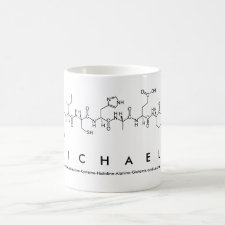
Authors: Markowitz MA, Deng G, Gaber BP
Article Title: Effects of added organosilanes on the formation and adsorption properties of silicates surface-imprinted with an organophosphonate.
Publication date: 2000
Journal: Langmuir
Volume: 16
Issue: (15)
Page numbers: 6148-6155.
DOI: 10.1021/la000477o
Abstract: Silica particles surface-imprinted with the soman hydrolysis product pinacolyl methylphosphonate (PMP) demonstrated binding selectivity for the hydrolysis product over other phosphonate mono- and diesters. Particle surfaces were imprinted during particle formation by adding pinacolyl methylphosphonate to the microemulsion formed from polyoxyethylene(5) nonylphenyl ether (NP 5), cyclohexane, ammoniated ethanol, and water. A number of trialkoxysilanes with terminal functional groups such as primary amine, quaternary amine, dihydroimidazole, and ethylpyridine were mixed with tetraethoxysilane (TEOS) during particle formation to enhance the binding and selectivity of the resulting surface-imprinted particles. The BET surface area of the silicates was dependent on the specific organosilane added during particle formation. The addition of primary amine- and dihydroimidazole-terminated organosilanes produced high- density, low-pore-volumes colloids while the addition of 2- ethylpyridine- and quatermnary amine-terminated organosilanes produced mesoporous silicates. When pinacolyl methylphosphonate was added during particle formation, a decrease in surface area was observed. Adsorption isotherms revealed that surface- imprinted silicates formed with added quaternary amine- terminated organosilanes had the highest adsorption capacity per gram of silicate. However, more imprinted sites per square meter were formed when the dihydroimidazole-terminated organosilane was used in particle synthesis. Silicates surface- imprinted with PMP were significantly more selective for PMP than for other structurally similar organophosphonates



Join the Society for Molecular Imprinting

New items RSS feed
Sign-up for e-mail updates:
Choose between receiving an occasional newsletter or more frequent e-mail alerts.
Click here to go to the sign-up page.
Is your name elemental or peptidic? Enter your name and find out by clicking either of the buttons below!
Other products you may like:
 MIPdatabase
MIPdatabase









